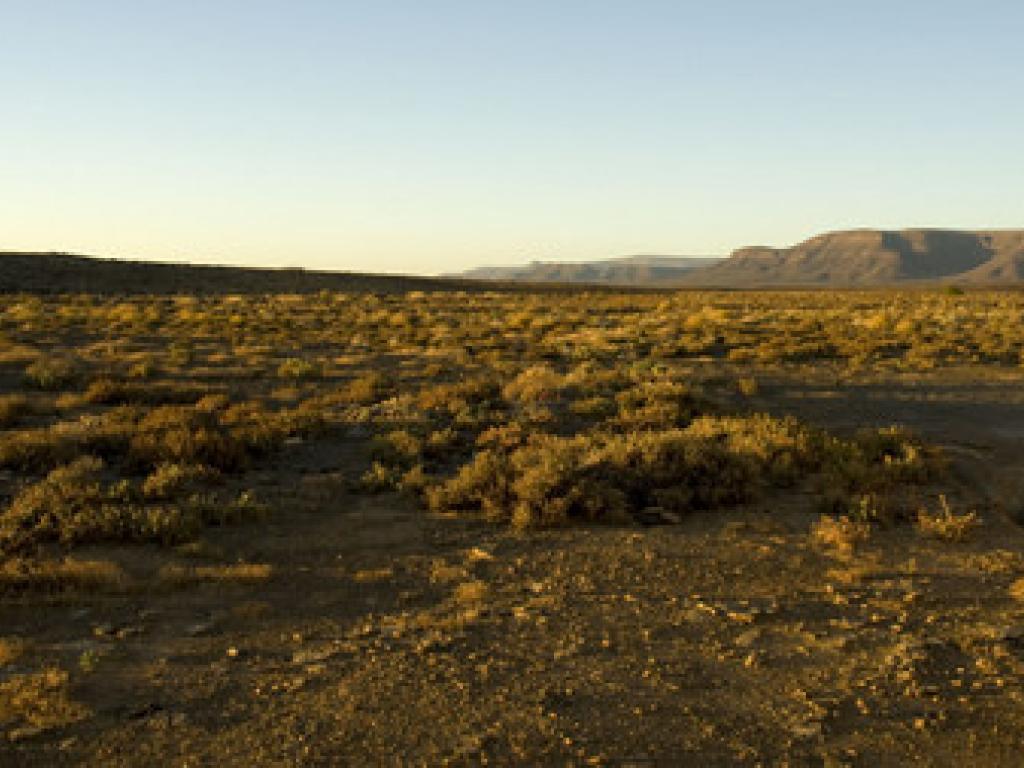Benchmarks for the Future

This project uses an innovative combination of approaches incorporating analyses of historical climate and land use data, repeat photography, palaeoecology and long-term ecological monitoring to assess changes in the vegetation over the last millennium along a 1,500 km transect from Namaqualand in the west to the former Transkei region in the east. Data collected will help to establish pre-colonial benchmark conditions of the vegetation of the savanna, grassland, nama-karoo, succulent karoo and fynbos biomes.
Such long term vegetation records will help in evaluating the resilience of the different biomes to known climatic and anthropogenic perturbations that have occurred in historical and palaeoecological time. Insights from this analysis will help in the evaluation of future climate change scenarios for the sub-region, with important implications for policy development and implementation including the allocation of land for conservation and land reform initiatives and the likely consequences of each for biodiversity conservation and land degradation. It is also important for informing current conservation practices, such as appropriate restoration and rehabilitation approaches, the reintroduction of historical elements now missing from protected areas, and the definition of appropriate thresholds of change beyond which management action is taken. More generally, an understanding of land degradation and ecosystem change is important for a wide range of cross-cutting policies concerned with energy provision, poverty reduction, rural development and food provision.